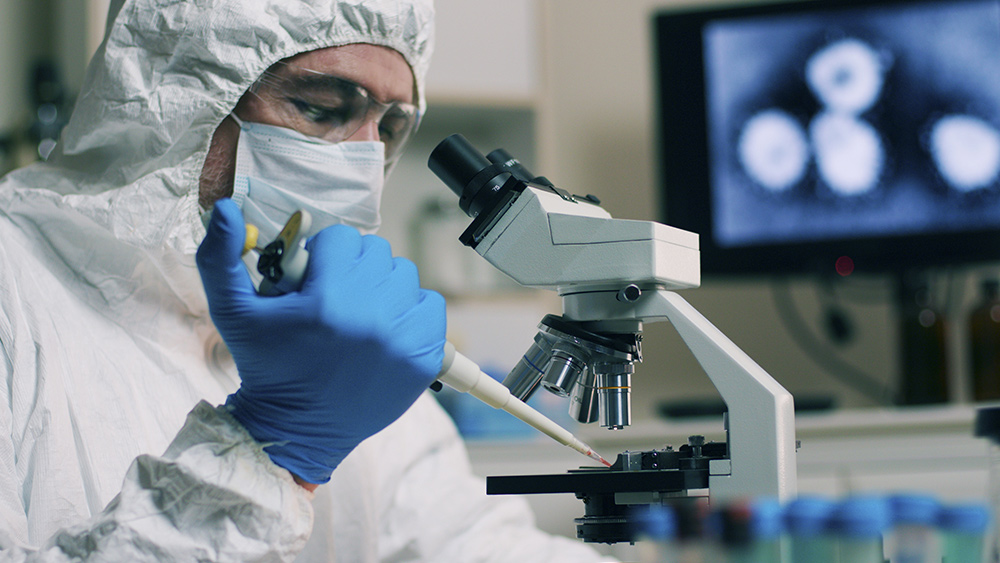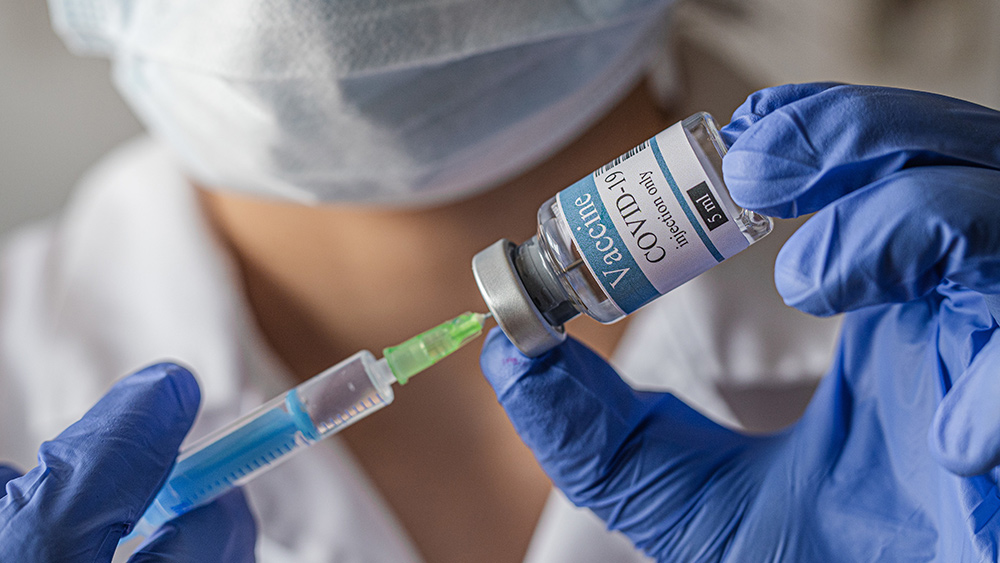Researchers could develop more durable and flexible wearable devices using acid from an unlikely source: Red wine
06/23/2020 / By Franz Walker

The next generation of wearable technology could be developed with materials from a most unlikely source: red wine. A team of scientists are looking at using tannic acid found in red wine to help create flexible fibers for use in wearable devices.
In a recent study published in the journal Small, researchers from the University of Manchester, the tannic acid found in red wine, as well as black tea and coffee can be used to improve the mechanical properties of materials such as cotton.
“We are using this method to develop new flexible, breathable, wearable devices,” said the research team’s Dr. Xuqing Liu. “The main research objective of our group is to develop comfortable wearable devices for flexible human-machine interface.”
Making stronger materials with red wine
Existing wearable technology can be subject to failure after repeated bending and folding, which can create microscopic cracks that disrupt the conductivity of these devices. Using the stronger materials treated with tannic acid, the team developed wearable devices such as capacitive breath sensors and artificial hands for extreme conditions. (Related: Scientists create customizable power source for wearable electronics that can be folded, cut, and stretched without losing functionality.)
The team found that, without the layer of tannic acid, the conductivity of the materials is several hundred or even thousands of times less than traditional conductive materials. This is because the conductive coating becomes easily detached from the textile surface after repeated bending and flexing.
“Traditional conductive material suffers from weak bonding to the fibers which can result in low conductivity,” said Dr. Liu. “When red wine, or coffee, or black tea, is sprinkled on [a] dress, it will be difficult to get rid of these stains. The main reason is that they all contain tannic acid, which can firmly adsorb the material on the surface of the fiber. This good adhesion is exactly what we need for durable wearable, conductive devices.”
Liu and his team tested both commercially available tannins, as well as immersing the fabric directly in red wine, black tea and black coffee. In testing for conductivity, they found that the drinks produced the same results as the commercial tannins.
Benefits of using tannic acid to create cotton-based wearables
The use of tannic acid may help kickstart the development of more durable wearable devices. In addition, it can help make these devices more comfortable to wear, while also making them more environmentally friendly.
Most wearables currently use nylon. This material is preferred due to its durability and conductivity. It’s often combined with a small amount of Lycra and is excellent at retaining its shape while also being able to stretch and move with the body of the wearer.
Compared to cotton, however, nylon is a stiffer material and isn’t as comfortable to wear. Cotton, on the other hand, is a softer, more breathable fabric. It’s much more suitable for everyday wear.
Using tannic acid, either from commercial tannins of from sources such as red wine, could allow for the development of cotton-based wearables that are much more comfortable to wear than their nylon-based counterparts, while still being durable.
The technology may also be used to create flexible printed circuit boards by printing circuits with the tannic acid, directly onto the surface of clothing.
The other benefit of cotton is that it is a naturally grown fiber, unlike nylon. Meanwhile, the latter is not only synthetic, but it is also not biodegradable, making any damaged or obsolete nylon-based wearables much harder to dispose of or recycle.
Sources include:
Tagged Under: cotton, future science, future tech, goodtech, materials science, nylon, red wine, science and technology, tannic acid, tannins, technology, wearable tech
RECENT NEWS & ARTICLES
COPYRIGHT © 2017 SCIENTIFIC NEWS


















